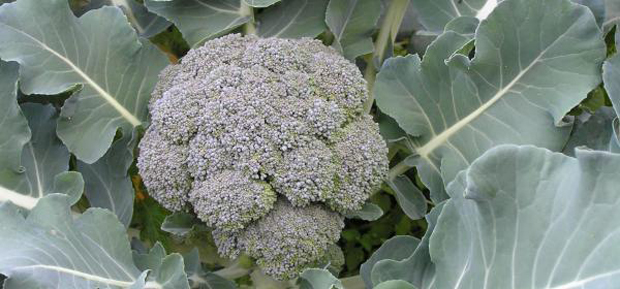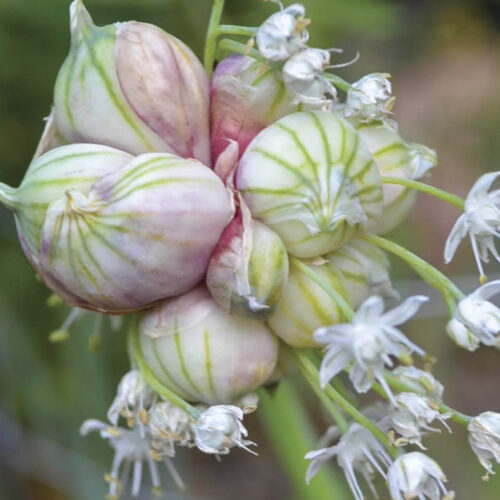Winter Veg – Get Planting!
2013-02-26T01:40:07+11:00
Prepare winter crops now to maximize your potential harvest, writes PHIL DUDMAN
With the autumn season changeover on our doorstep, it’s time to get busy planting crops that thrive in the cool season. That includes all the brassicas – cabbage, broccoli, cauliflower, Asian greens and kale along with celery, leek, lettuce, spring onion and silverbeet. The earlier you get started, the earlier you’ll be enjoying a harvest, and with follow up plantings throughout the season, you can be relishing some of these crops well into spring, particularly in cool temperate areas. If you’re in a warm to hot area, it’s even more critical to get an early start, because the cool season is so short, and some crops such as cauliflower need as many months as you can offer them to develop a decent sized head. The same goes for growing Brussels sprouts in warm temperate to cold areas – you need to plant in March/April to enjoy the best returns.
I know it doesn’t feel right to be planting the cold lovers right now – it still feels like summer in many parts of the country, and where I live in northern NSW, the ground is too sodden to be planting delicate seeds and seedlings. So the way to go for most of these is to sow seed in punnets and once they have germinated, transfer them to small pots or tubes for growing on. This will give you complete control over any prevailing weather conditions, allowing you to move your babies undercover on hot or rainy days, and place them in protected sunny spots on milder days. An important part of the nurturing is liquid feeding – a little diluted fish emulsion and seaweed extract once a week will guarantee good root and leaf development – and by the time the conditions are more suited for planting out in the garden – say, early April – your seedlings will be very strong and very well established.
WARNING! Cabbage white butterflies are on the prowl in the autumn months and their larvae can destroy brassica seedlings in a matter of hours. Be prepared to protect your young by covering them with fine netting – such as a 30% shade cloth or a vege net – to keep butterflies from laying their eggs, or spray seedling regularly with bio-insecticides such as Dipel or Success.
Happy planting!






